Paul, for a future built. An idea.
Bent 2 thinner strips of wood nearby the center (easier to bent there than trying to bent near the tip). Take the bent to the desired curvature. Cut the excess from one side. The other side will be straight. Then you can complete the straight section of the rail. A little sanding and no one will see the joint.
I wrote 2 pieces of wood. You glue one over the other to get the final rail thickness and the Grove. A soft hand sanding of one border will create the Grove when they are glued together.
Just see what I tried to suggest on your Vasa museum pictures below.
The circle shows the joint. That was done on the original, at the museum, with another purpose. But give you the idea of the curve plus a straight section.
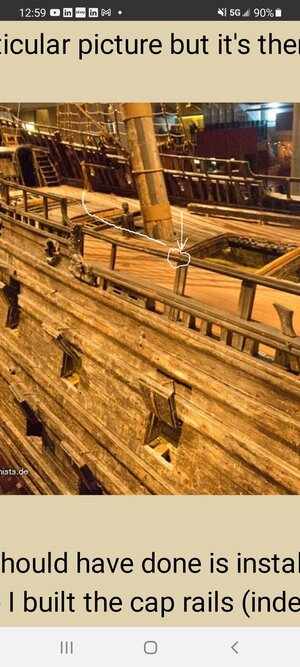
Here you have the 2 wood strips
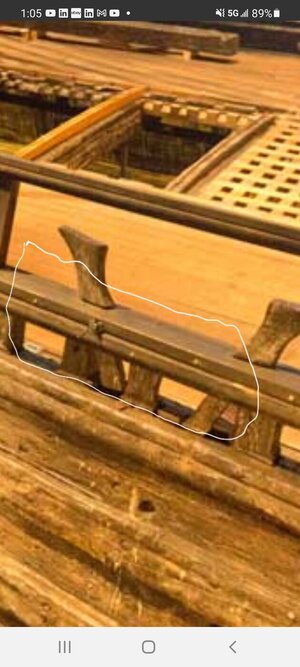
Cheers
Daniel
Bent 2 thinner strips of wood nearby the center (easier to bent there than trying to bent near the tip). Take the bent to the desired curvature. Cut the excess from one side. The other side will be straight. Then you can complete the straight section of the rail. A little sanding and no one will see the joint.
I wrote 2 pieces of wood. You glue one over the other to get the final rail thickness and the Grove. A soft hand sanding of one border will create the Grove when they are glued together.
Just see what I tried to suggest on your Vasa museum pictures below.
The circle shows the joint. That was done on the original, at the museum, with another purpose. But give you the idea of the curve plus a straight section.

Here you have the 2 wood strips

Cheers
Daniel




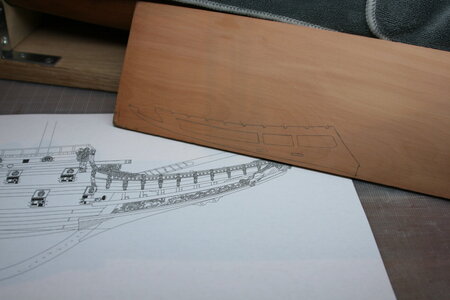
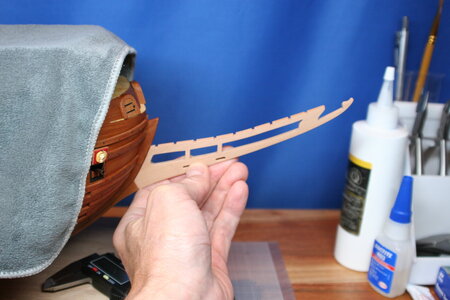
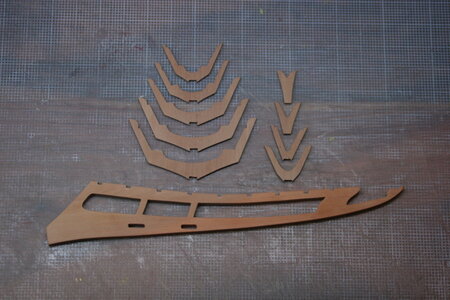
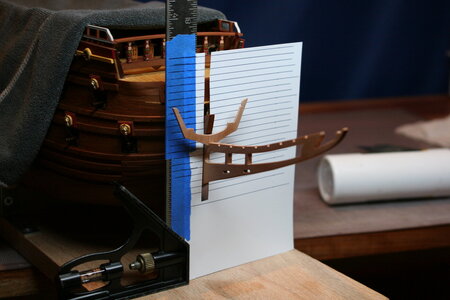
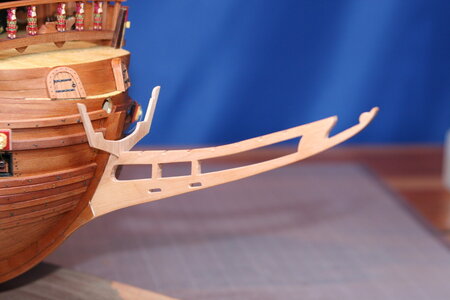
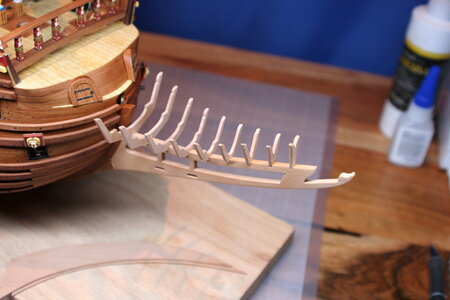
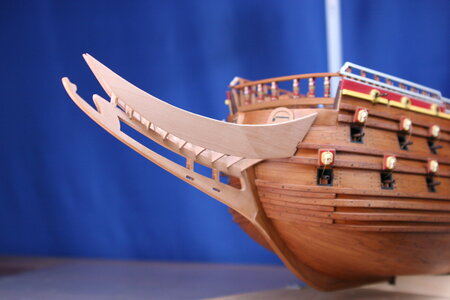
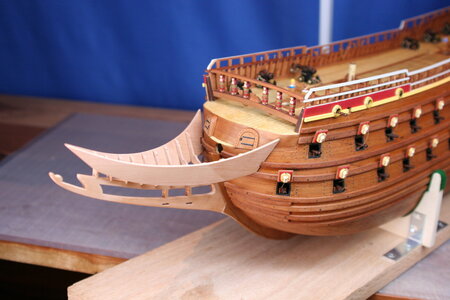
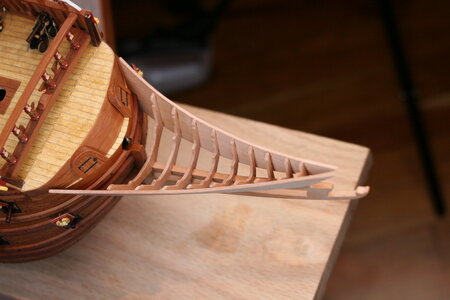
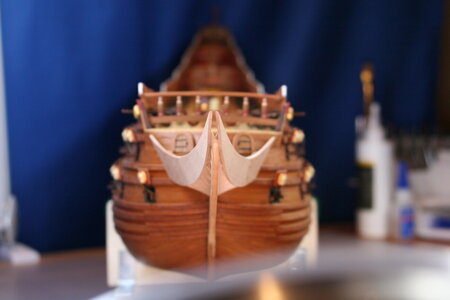




 !!!
!!!